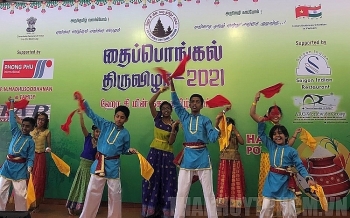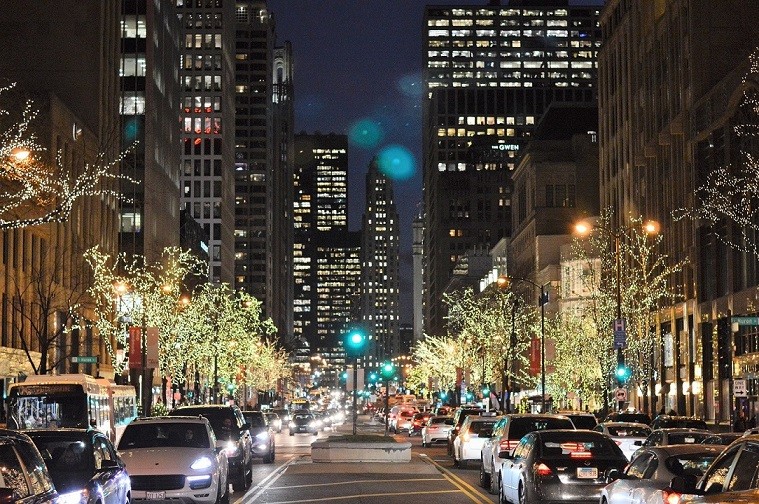Strange and unique life of the Amish in the modern world
| The Steps Challenge backs to raise funds for autism community | |
| Chinese community in Cambodia faces Covid-19 outbreak | |
| Indian community holds traditional festival in Ho Chi Minh city |
The Amish have been in America for a long time. The first ones arrived in the early 18th century to escape religious persecution in Europe and to find land to farm. The sect arose from a late-17th century schism in the Anabaptist church by followers of Jakob Amman, a Swiss minister who believed that adherents should "conform to the teachings of Christ and His apostles" and "forsake the world" in their daily lives. The word "Amish" derives from his name.
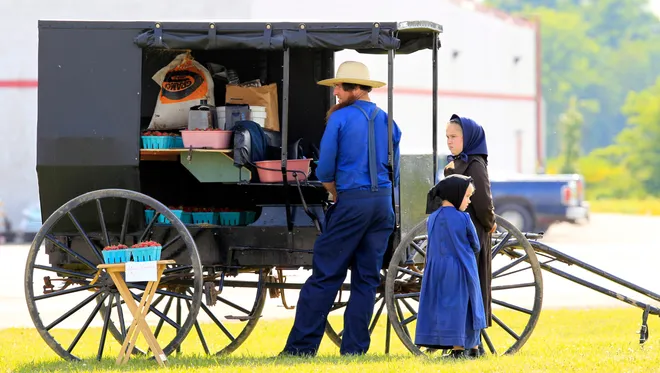 |
| An Amish family sells berries in Springville, NY. Photo: AP |
In 1989, there were some 100,000 Amish scattered in 179 settlements across North America. Recent analysis by academics at Elizabethtown College, Pennsylvania found numbers have surged to 330,265 Amish in 546 settlements. It is the fastest-growing faith group on the continent, with predictions that there might be more than 1 million adherents by 2050. This marks an extraordinary turnaround: there were only 5,000 Amish in America a century ago, according to The Guardian.
With farming at the center of their lives and their population rapidly expanding due to large families, the Amish, anxious not be influenced by modern ways, are always seeking out new land away from urban areas. After initially settling in Ohio, they are nowfound in 30 states as well as Canada. Ohio has the largest Amish population, followed by Pennsylvania and Indiana.
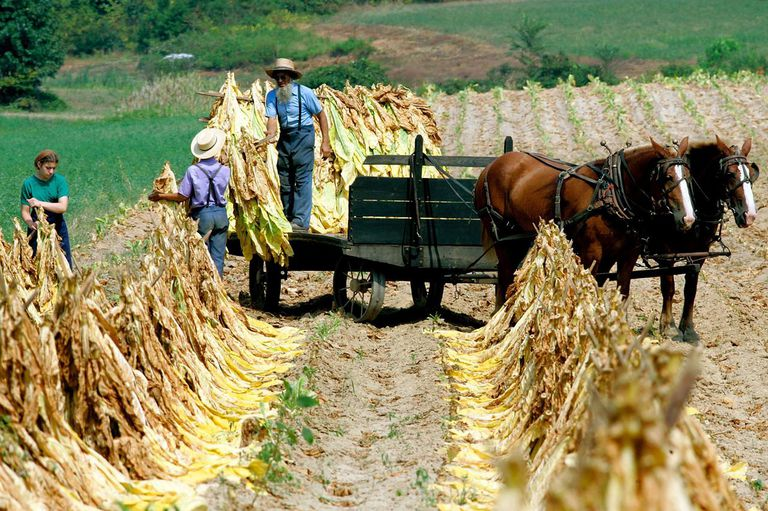 |
| Photo: Getty Images |
In addition to English, most Old Order Amish speak a distinctive German dialect called Pennsylvania German or, much more commonly, Pennsylvania Dutch. Pennsylvania German is related to the Palatinate German of the 18th century. It has also been strongly influenced by American English. The English term "Dutch" originally referred to all forms of German and Netherlandic languages. Pennsylvania German, which is a High German dialect, is distinct from Mennonite Low German and Hutterite German dialects spoken by other Anabaptist groups.
Because of its isolation, the language has a very different pronunciation than current German and has been influenced by the English of surrounding populations. Some Amish, notably in Indiana, speak a version closer to Swiss-German, USAToday reported.
Traditionally, farming of all kinds has been at the center of Amish work life. However, in the past century, according to the Young Center, increasing numbers have become involved in business enterprises, most notably in carpentry and sales of farm products. They also form construction crews that build houses and other buildings for non-Amish and sometimes work at "English"-owned factories and workshops, such as those in Indiana that manufacture recreational vehicles.
They are taxed on their earnings. According to the Young Center, "They pay all the taxes — income, property, sales, estate, corporate, school — that other people do. In fact many of them pay school taxes twice — for both public and private Amish schools." They do not, however, pay — or collect — Social Security, having been exempted by Congress in 1965 because the Amish viewed it as a form of commercial insurance. Instead, they believe that members of the church should care for one another's physical and material needs. In some states, according to the Young Center, the Amish have also been exempted from workers compensation for the same reason. Amish also are exempt from military service due to their belief in non-resistance, a term they prefer over pacifism. This applies not only to war, but also law-enforcement, politics and legal actions.
The Amish believes “large families are a blessing from God”
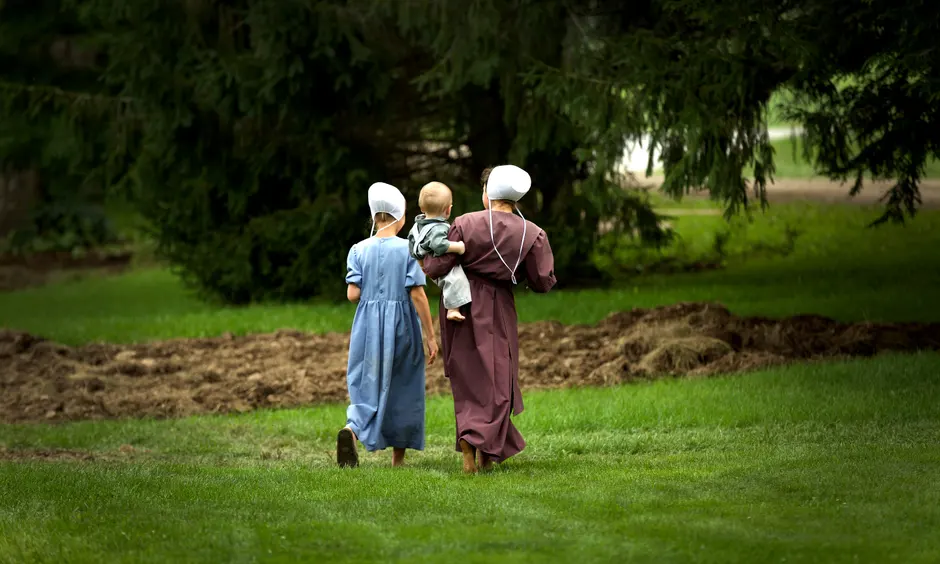 |
| Women in the community are more likely to carry out the traditional tasks of cleaning and cooking. Photograph: Dan Callister |
Having children, raising them, and socialization with neighbors and relatives are the greatest functions of the Amish family. Amish believe large families are a blessing from God. The main purposes of "family" can be illustrated within the Amish culture in a variety of ways. The family has authority over the individual throughout life. Loyalties to parents, grandparents, and other relatives may change over time but they will never cease. A church district is measured by the number of families (households), rather than by the number of baptized persons. Families take turns hosting the biweekly preaching service. Parents stress their responsibilities and obligations for the correct nurture of their children. They consider themselves accountable to the Lord for the spiritual welfare of their children.
The family provides the member with a status within the home and within the community. A person is more a member of the family, rather than an individual. Each member has a job, a position, a responsibility, and a status. Females have different chores from the males, with chores within the home normally divided by gender. The Amish traditional family provides much of the education for the child. Although the formal education ends after they finish eighth grade, the boy or girl is trained for their adult tasks. The boys will work with the father in the fields, in the barn, and around the buildings. The girls work inside the home and garden, alongside the mother. The home and family become the school for "on the job" training. Amish youth, by and large, see their parents working hard, and they want to help. They want to learn and to be a productive part of the family.
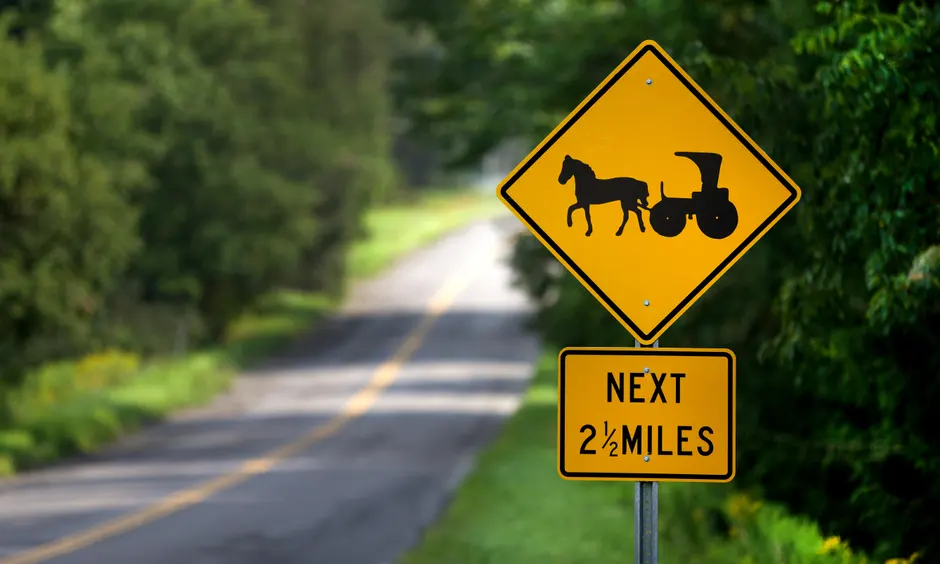 |
| Most Amish people live in small communities of about 20 households. Photograph: Dan Callister |
Sports and recreation are shared by all members of the family. There are church outings and family meetings where activities are entered into and shared by all.
Amish children typically only attend school through eighth grade, mostly at private schools, but about 10% in public schools, according to the Young Center. Their right to end school at age 14 was confirmed by a 1972 ruling of the United States Supreme Court. Instruction is in both English and their German dialect.
"Our faith will be lost if we adopt technology"
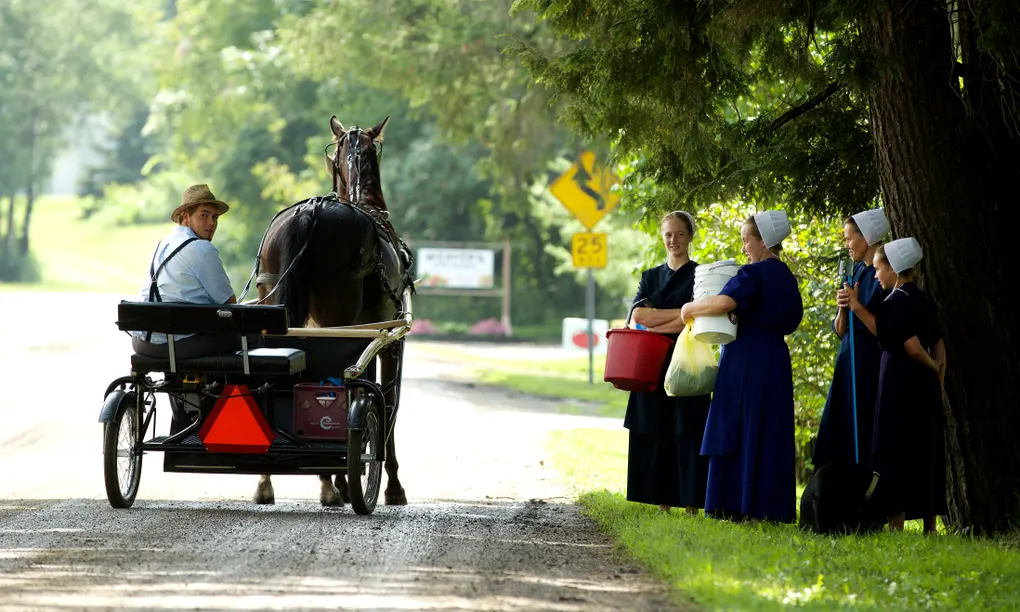 |
| A horse-drawn cart in Morris passes women wearing traditional white bonnets. Photograph: Dan Callister |
Amish life is governed by the "Ordnung," a German word for order. The rules vary from community to community. According to the Young Center, "Most Amish groups forbid owning automobiles, tapping electricity from public utility lines, using self-propelled farm machinery, owning a television, radio, and computer, attending high school and college, joining the military, and initiating divorce." Photos are banned because they might cultivate personal vanity, which runs against the church's prohibition of "hochmut," a word meaning pride, arrogance and/or haughtiness.
They may use a horse and buggy for trips into town, clip-clopping along the roads alongside thundering trucks, but the Amish will take taxis and trains when needed.
According to the Young Center, the Amish do not consider technology evil in itself, but believe that it has the potential to bring about assimilation into the surrounding society. "Mass media technology in particular, they fear, would introduce foreign values into their culture," says an article on the Young Center's website. "By bringing greater mobility, cars would pull the community apart, eroding local ties. Horse-and-buggy transportation keeps the community anchored in its local geographical base." Some of the rules are seemingly contradictory — for instance, 12-volt car batteries are permitted by many communities while 120-volt electricity is not. In addition, most Amish are not permitted to drive motor vehicles but are allowed to hire outsiders — known as "English" — to drive them, USAToday reported.
“Plainness is the governor of Amish clothing”
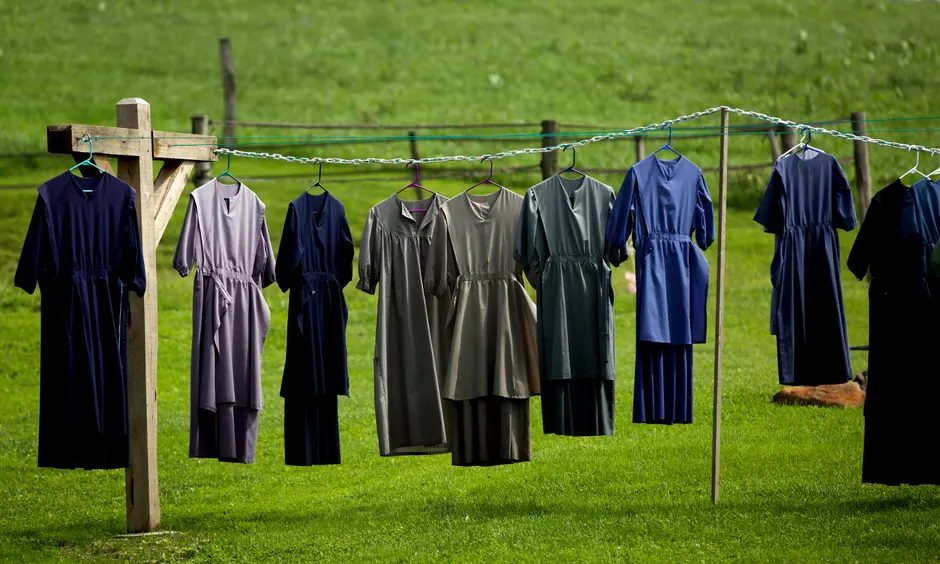 |
| Austere clothing is one of the defining markers of the Amish. Photograph: Dan Callister |
The common theme among all Amish clothing is plainness; clothing should not call attention to the wearer by cut, color, or any other feature. Hook-and-eye closures or straight pins are used as fasteners on dress clothing rather than buttons, zippers, or velcro. Snaps are used on everyday clothes, and plain buttons for work shirts and trousers. The historic restriction on buttons is attributed to tradition and their potential for ostentation. In all things, the aesthetic value is plainness. Some groups tend to limit color to black (trousers, dresses) and white (shirts), while others allow muted colors. Dark blue denim work clothing is common within some groups as well. The Old Order Amish often sew their own clothing, and work clothing can become quite worn and patched with use.
Women wear calf-length plain-cut dresses in a solid color. Aprons are often worn at home, usually, in white (typically for the unmarried) or purple or black (for the married), and are always worn when attending church. A cape, which consists of a triangular piece of cloth, is usually worn, beginning around the teenage years, and pinned into the apron. In the colder months, a long woolen cloak may be worn. Heavy bonnets are worn over the prayer coverings when Amish women are out and about in cold weather, with the exception of the Nebraska Amish, who do not wear bonnets. Girls in some areas may wear colored bonnets until age nine; older girls and women wear black bonnets. Girls begin wearing a cape for church and dress-up occasions at about age eight. Single women wear a white cape to church until about the age of thirty. Everyday capes are colored, matching the dress, until about age forty when only black is used.
Men typically wear dark-colored trousers, some with a dark vest or coat, suspenders (in some communities), broad-brimmed straw hats in the warmer months, and black felt hats in the colder months. However, some, mostly teenagers, may deviate from these customs to convey someone's individuality. Married men and those over forty grow a beard. Mustaches are forbidden because they are associated with European military officers and militarism in general. A beard may serve the same symbolic function, in some Old Order Amish settings, as a wedding ring, and marks the passage into manhood.
Amish Health Practices
Health care practices vary considerably across Amish communities and from family to family.
Regarding vaccinations, "The Amish do vaccinate their children," says Dr. Kevin Strauss, MD, of the Clinic for Special Children in Strasburg, Pa., which specializes in addressing the health needs of the Plain population. "Their overall vaccination rate is lower in comparison to the general populace, but you'll find a higher rate of vaccination among younger Amish than in older generations. The bi-weekly vaccination clinic that we run is very busy."
Strauss also sees autistic behaviors among the Amish children he treats, "sometimes as a stand-alone condition, but also when the symptoms are one component of a broader medical issue like mental retardation or seizure disorders."
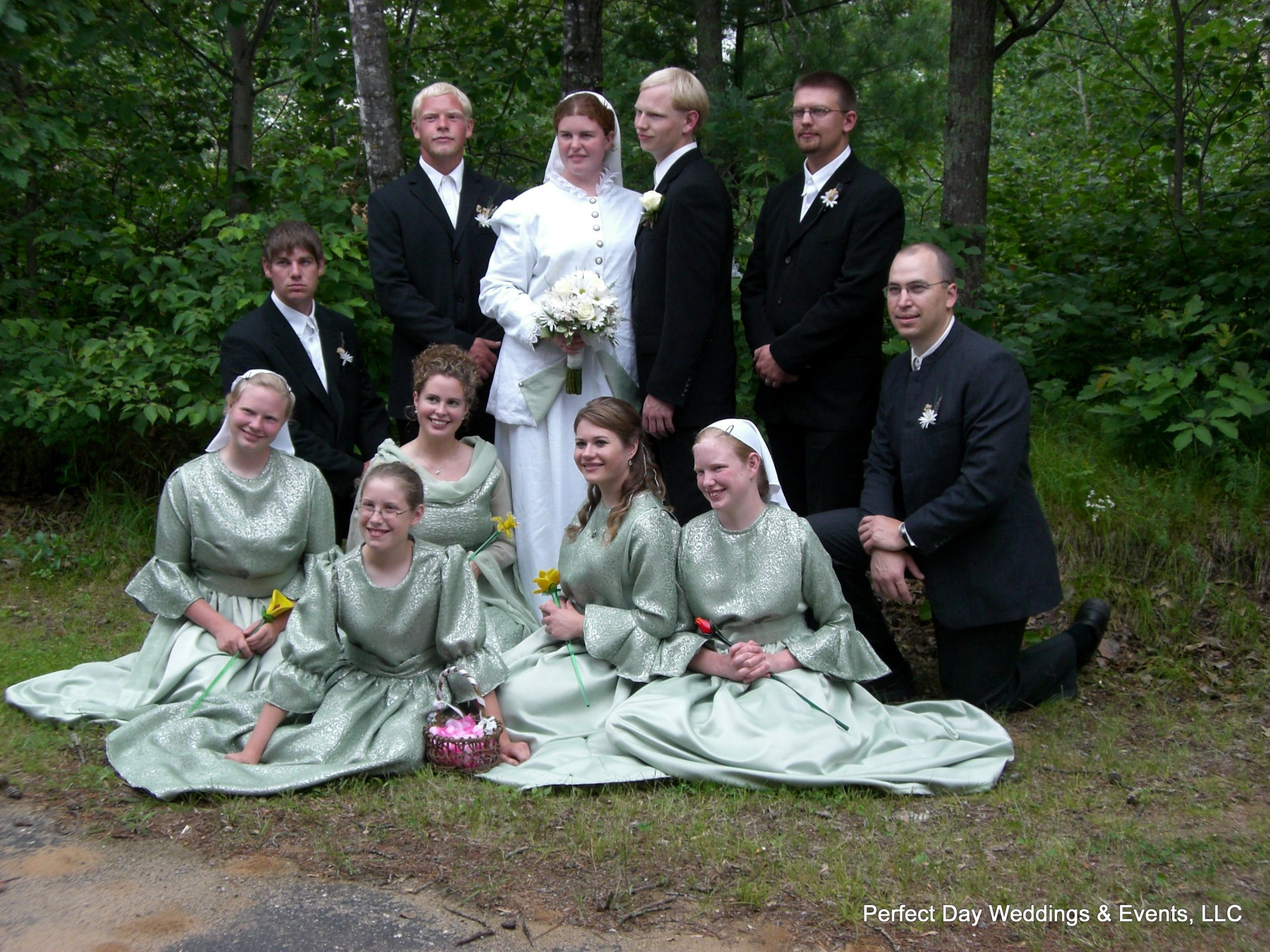 |
| Perhaps the most famous aspect of Amish social life is "Rumspringa," which means "running around" in the Pennsylvania German dialect. According to the Young Center, it is the time, beginning at about age 16, when youth socialize with their friends on weekends. Rumspringa ends with marriage. Apart from introducing young men and women to one another, this period is an important time when Amish youth need to decide if they will be baptized and join the church, which usually occurs between 18 and 21, or leave the Amish community. (Photo: Pinterest) |
 | Vietnamese community in Macau extends help to needy countrymen The Association of Vietnamese in Macau has so far handed out over 200 presents to Vietnamese Macau in need, including unemployed or ill individuals, pregnant ... |
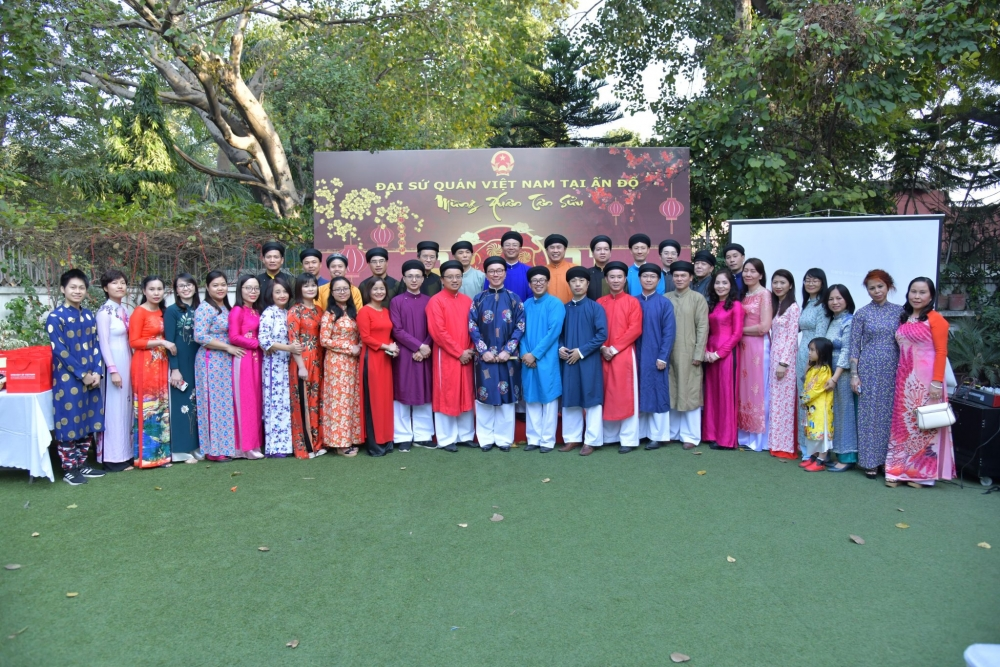 | Vietnamese community in India gathers for Tet late due to Covid-19 The Vietnamese Embassy in India held a meeting with overseas Vietnamese in India on February 20 to celebrate the Year of Buffalo 2021. Given the ... |
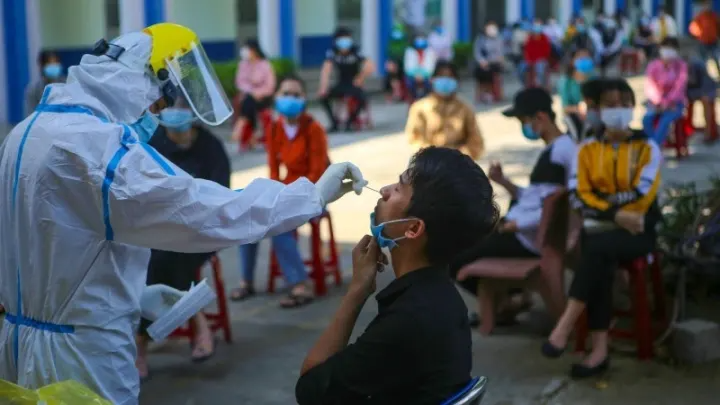 | With no community transmission, Hanoi considers easing Covid-19 preventive measures Hanoi city is contemplating a gradual removal of restrictive measures to prevent the Covid-19 pandemic as no community transmission cases detected in over one week. ... |
Recommended
 World
World
India strikes back at terrorists with Operation Sindoor
 World
World
India sending Holy Relics of Lord Buddha to Vietnam a special gesture, has generated tremendous spiritual faith: Kiren Rijiju
 World
World
Why the India-US Sonobuoy Co-Production Agreement Matters
 World
World
Vietnam’s 50-year Reunification Celebration Garners Argentine Press’s Attention
 World
World
"Will continue offering our full support to Indian govt": US FBI Director after Pahalgam attack
 World
World
"Great Leader": JD Vance Lauds PM Modi During His India Visit
 World
World
Trump’s Tariff Pause: A Strategic Move from “The Art of the Deal”?
 World
World



